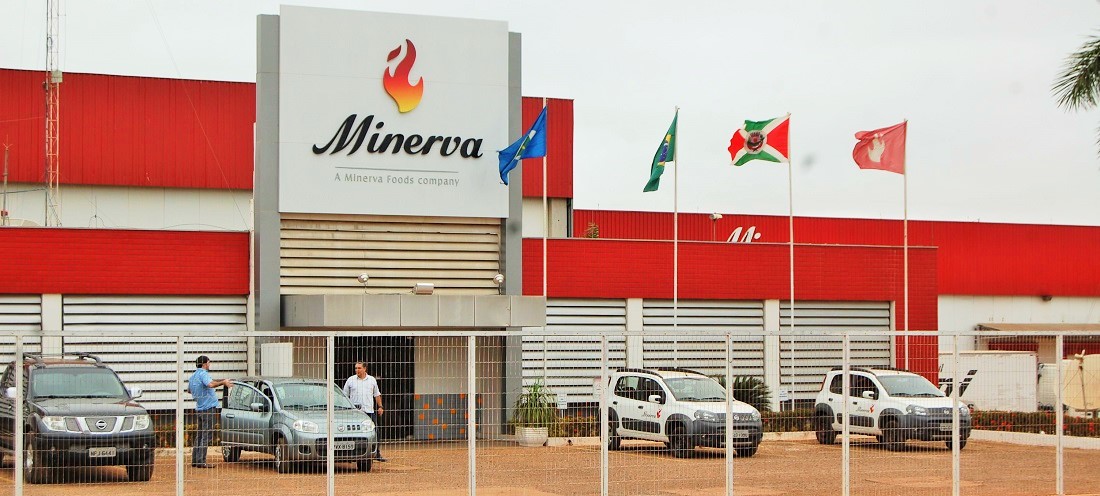
Minerva’s quarterly profit drops 33% to R$94m
Nov, 07, 2024 Posted by Gabriel MalheirosWeek 202444
Minerva closed the third quarter with a net profit of R$94.1 million, marking a 33.3% drop compared to the same period last year, according to the company’s earnings report released on Wednesday. Despite the profit decline, the company achieved record revenue and operating cash flow, fueled by steady international demand for beef and near-stable leverage.
Minerva’s gross debt rose to finance its recent acquisition of Marfrig units, noted the company’s chief financial officer, Edison Ticle. “I’ve increased gross debt but am not yet seeing any benefits. This incurs operational costs, and as the new units start generating results, we’ll begin adjusting this metric,” Mr. Ticle told reporters regarding the company’s net profit.
On October 28, Minerva finalized the acquisition of 13 Marfrig units and a distribution center across Brazil, Argentina, and Chile. The total investment in these assets was R$7.2 billion, with R$1.5 billion disbursed upfront in the third quarter of 2023 and R$5.7 billion paid at the end of October 2024, following contractual price adjustments. The figures do not account for three slaughtering units in Uruguay still awaiting local regulatory approval.
While third-quarter net profit fell, earnings before interest, taxes, depreciation, and amortization (EBITDA) reached R$813 million, up 13.9% year-over-year and setting a new record. Mr. Ticle highlighted that a free cash flow of R$667.3 million in the third quarter helped reduce the company’s debt. Consequently, leverage—the ratio of net debt to adjusted EBITDA—remained under control, decreasing from 2.8x to 2.6x.
The company’s net revenue rose 20.3% in the third quarter to R$8.5 billion, also reaching a historic high for a quarter.
“About 60% of our revenue came from international markets. Record export volumes reflect global demand for beef, especially in key markets like the United States and China,” said Minerva CEO, Fernando Galletti de Queiroz. He noted that the North American market remains robust amid challenges in the local cattle cycle due to limited supply. Additionally, China’s demand has been rebounding, driving up volumes and prices.
“In this third quarter of 2024, both the U.S. and China each accounted for 15% of our export revenue,” Mr. Queiroz said.
Regarding potential American protectionism with Donald Trump’s return to the presidency, Mr. Ticle noted a possible scenario of “U.S. retaliation against China, followed by Chinese retaliation against the U.S., possibly in the food sector.” If that occurs, he believes South American suppliers could be a natural choice to meet Chinese demand.
“We also have to remember that under a right-wing government in Brazil and a left-wing one in the U.S., trade relations were not harmed. Now we can’t assume the opposite scenario would cause harm,” Mr. Ticle added.
Mr. Ticle further stated that the outlook for Brazilian cattle ranching remains positive for the coming year and that recent increases in Brazilian cattle prices are more linked to seasonal off-cycle and drought than a shift in the cattle cycle.
Source: Valor International
-
Ports and Terminals
Mar, 15, 2022
0
Intermodal 2022: Tecer showcases new cargo operation machinery at Pecém
-
Economy
Sep, 25, 2023
0
Brazil’s trade surplus reaches $1.591 Bn in fourth week of September
-
Shipping
Mar, 01, 2023
0
HBSA presents largest barges convoy in operation at Intermodal South America
-
Other Cargo
Mar, 24, 2020
0
Maersk to help cotton exporters by providing end-to-end intermodal services

